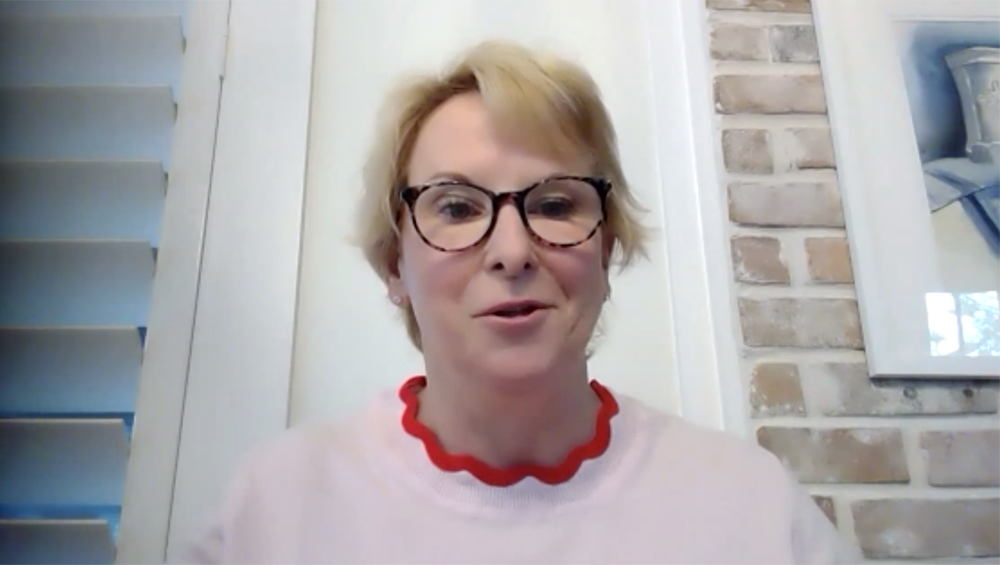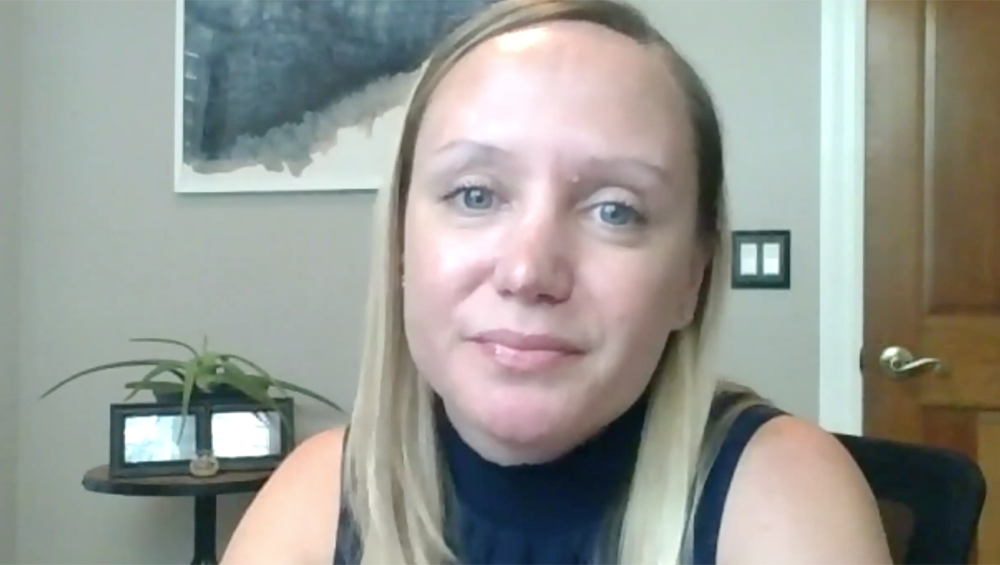
TVN Focus On Advertising | Per-Performance Deals Gain Momentum

More than 70% of E.W. Scripps’ national spot revenue is now derived from per-performance transactions. At two agencies, MagnaGlobal and Horizon Media, 35%-40% of all spot ad spend is per-performance based, and the goal is to reach 100% by year’s end.
Those numbers were revealed last week during a TVNewsCheck Working Lunch Webinar on advertising deals based on per-performance parameters moderated by this reporter. (Sometimes this type of transaction is referred to as pay-per-performance.) It’s a fairly new way of configuring spot deals, in which stations come up with audience guarantee estimations, and if the actual results fall short of expectations, clients are given back money, or credits, for the value they didn’t receive. Per-performance transactions free up inventory that would normally be used to make up for the under delivery (UD).

Missy Evenson
Scripps is one of only a few station groups that have boldly gone in that direction to date. “We had to get out from under the boat anchor of under-delivery weight,” explained Missy Evenson, VP sales for local media at The E.W. Scripps Co., in explaining why her team made the move. “When you realize how many spots you’re using every single week to try and cover under delivery — we were never going to get out from underneath it. Unless you have the No. 1 station in every market, it just compounds. It was a business model that no longer worked for us.”
Evenson said that by putting more inventory back into the open market, Scripps’ national advertising revenue has risen “significantly.” About 95% of all per-performance revenue flows into Scripps’ national spot coffer, with the remainder in local. The company keeps its method for coming up with audience estimations close to the vest, but Evenson said it involves the use of algorithms.

Kerry Kearney
The agency executives on the panel see benefits for everyone involved. “We all have to move toward this model to keep local both relevant and thriving,” said Kerry Kearney, VP, managing director local video investment at Horizon. It aligns spot with the digital model. And it will help spot stem the flow of dollars from spot to digital as well, she contends.
That thought was echoed by Kathy Doyle, EVP local investment at MagnaGlobal. “If we don’t change as an industry, local will be left by the roadside.” She said that almost all station sellers she’d spoken with are at least considering the idea of per-performance deals, some acting more quickly than others.

Kathy Doyle
Some of the challenges for both buyers and sellers involves accountability and optimization. This isn’t an issue so much for stations that are in larger markets and get audience data overnight. But for stations outside the top 28 markets, which get Nielsen data monthly, it’s more difficult to account for results and optimize campaigns in a timely manner — while they’re in progress — altering the schedule to enhance the results as data flows in. But the agency executives on the panel said that no market is off limits when it comes to per-performance.
While Scripps uses automated data for its reconciliation process, the agencies represented on the panel do not, and that’s a wrinkle they are intent on ironing out. “Our assistants spend anywhere between 35% and 40% of their time collecting, maintaining and ensuring that campaigns are delivering. Keeping a finger on the pulse is labor intensive,” Kearney said.
Horizon is testing an automation solution for reconciliation now. And Doyle said MagnaGlobal is “dangerously close” to lighting up a tech-driven process as well.
Not every campaign is appropriate for per-performance transactions. Those that run on a condensed time schedule, over two or three weeks, make per-performance problematic, Kearney noted. And from MagnaGlobal’s perspective, it’s sometimes difficult for clients that have “limited flexibility.”
Working with station groups that don’t subscribe to Nielsen is also an issue for Magna, Doyle said. Although if agencies use another measurement service, like Comscore, it isn’t a problem from the sales side, Evenson said.
What if a station over delivers? Right now, they get a “thank you” from the client, and maybe taken out to dinner, the panelists said, although no one ruled out different deal parameters in the future. Evenson said over delivery isn’t much of an issue from her standpoint. Granted, Nielsen data can be like “quicksand,” but she added, “I can’t remember when I’ve seen a station deliver 115% on anything. It sounds nice, but the likelihood of that happening in today’s world is kind of a pipe dream.”

Ted Kramer
Perhaps the biggest challenge relates to sellers’ hesitancy to make big changes to their established way of transacting. That’s to be expected, said Ted Kramer, EVP sales at ProVantageX. “Resistance to change isn’t only in our industry. It can be nerve-wracking,” he said.
As an executive at a company that offers an automated ad solution, Kramer knows all about industry hesitation to accept new ways of doing business. “People’s willingness to understand where we’re at right now — in terms of automation being part of the future — is different than it was five years ago,” he said. “There’s no reason why pay-per-performance can’t move in that direction. It takes a little while to get people on board with something new.”
The benefits from per-performance deals are significant, the panelists noted. “The clients get what they want when they want it, or they don’t pay for it. The sales side has more inventory to put into the open market. And as an agency we save time and money on processes that don’t bring value,” Doyle said.
“The biggest benefit for us, so far, is so simple,” Evenson added. “I don’t have to start a single RFP conversation with: ‘What are we going to do about the thousand impressions that you owe us from last quarter, or the 10,000 that you owe me from 2019?’ We can get right into the business and build schedules.
“This is a means to an end,” she said. “We’ve got to get to outcome-based [transactions]. Give me $30,000. Let me sell 300 trucks — let me prove I can do that. [Per-performance] is just ‘step next.’ The change-management piece in the business rules is the root of it.”
























Comments (1)
AIMTV says:
April 6, 2021 at 2:40 pm
This should probably be clarified to distinguish between this model and the old-school PI (Per Inquiry) which is NOT a good business model for sellers and should never be embraced (IMHO).